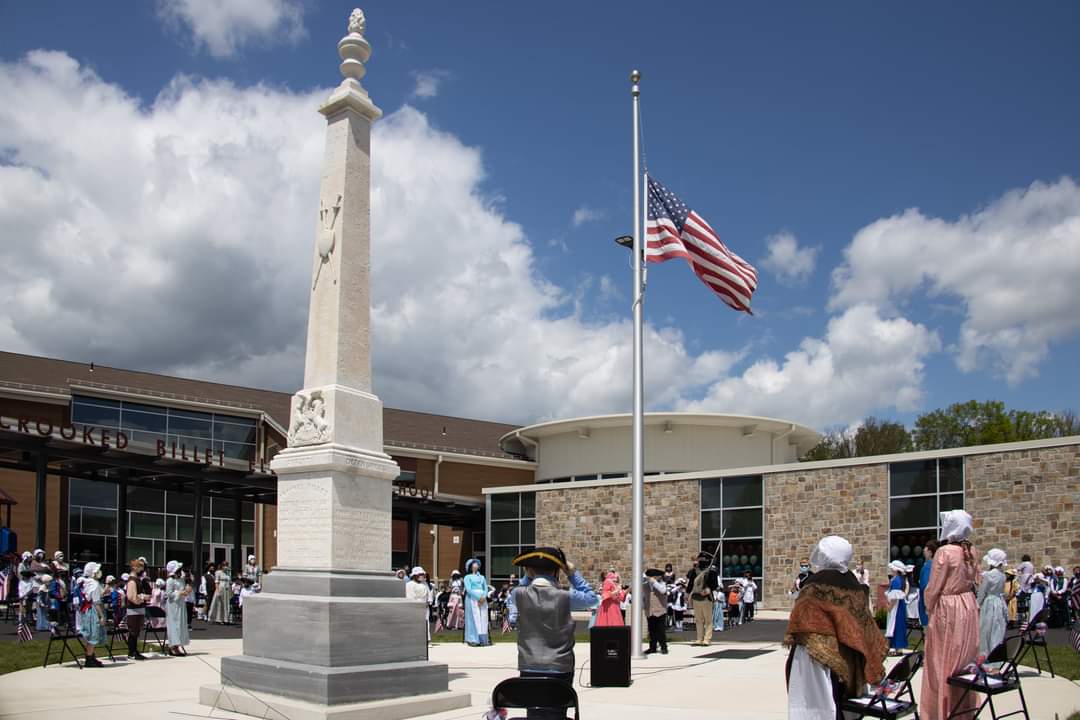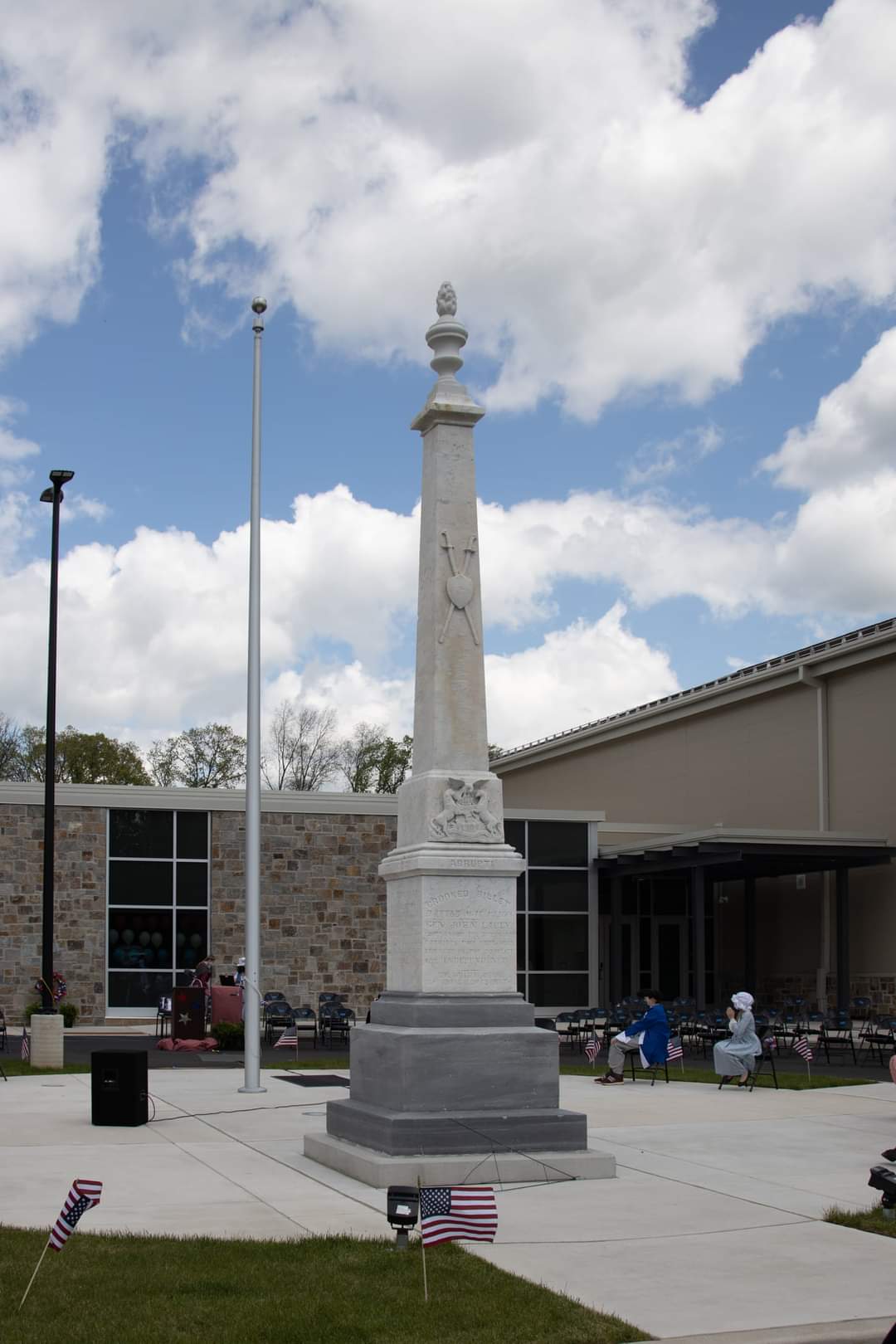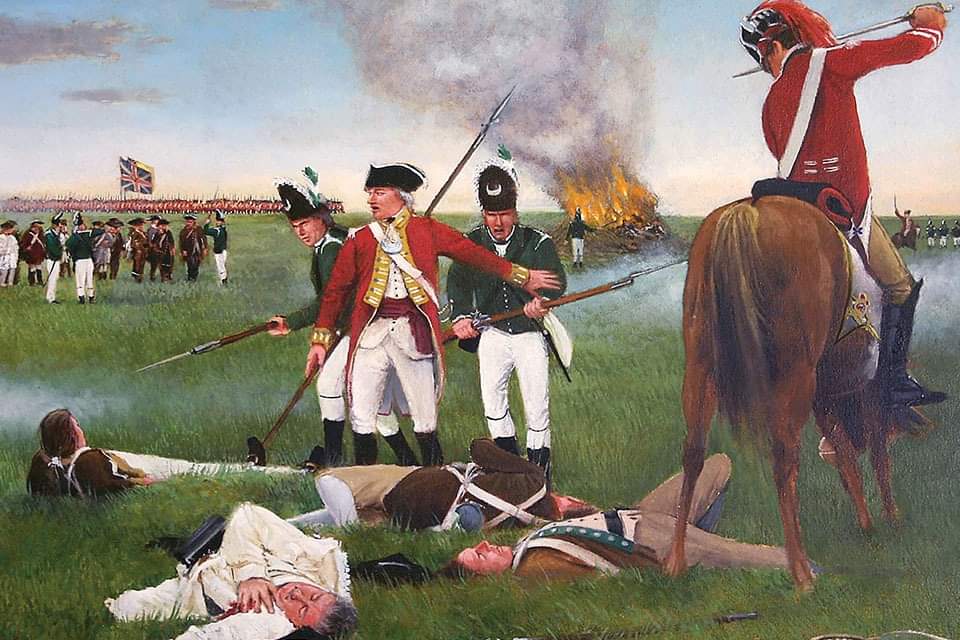GENERAL JOHN LACEY AND THE BATTLE OF CROOKED BILLET.

GENERAL JOHN LACEY AND THE BATTLE OF CROOKED BILLET
The story you are about to read happened longtime ago in United States of America. It is the story of General John Lacey and the Battle of Crooked Billet. In fact, it is part of the America History.
The Battle of Crooked Billet was a battle in the Philadelphia campaign of the American Revolutionary War fought on May 1, 1778 near the Crooked Billet Tavern (present-day Hatboro, Pennsylvania). In the skirmish action, British forces under the command of Major John Graves Simcoe launched a surprise attack against Brigadier General John Lacey and three regiments of Pennsylvania militia, who were literally caught sleeping. The British inflicted significant damage, and Lacey and his forces were forced to retreat into neighboring Bucks County.

In 1778, American militia are handily defeated at the Battle of Crooked Billet. It was the latest in a string of disasters for American Brigadier General John Lacey.
Our founding generation overcame quite a lot, didn’t it?
The winter of 1777-78 was a generally hard one. George Washington’s army was enduring hardship at Valley Forge, but so was local Pennsylvania militia. These problems worsened when their commander requested a leave of absence to go home. The Supreme Executive Council of Pennsylvania appointed Lacey to take his place.
Lacey wasn’t so sure he wanted the job. He’d been trying to retire.
To his credit, Lacey was enough of a Patriot to accept the assignment. It had to have been especially tough for him to make this decision. He was a Quaker who had been expelled from the movement because of his decision to fight. He was also young and maybe a bit too inexperienced for the task that he’d been given. He was only 25 years old.
Washington soon wrote Lacey, outlining the parameters of his responsibilities. “Protecting the Inhabitants is one of the ends designed,” Washington wrote, “and preventing supplies and intercourse with the Enemy is the other.”
Lacey failed at both objectives. In one especially egregious failure, Lacey allowed a herd of 130 cattle to be captured. The cattle were meant for Washington’s (hungry) men at Valley Forge! Instead, they were captured by the British when Lacey didn’t guard them sufficiently. Washington was unhappy—to say the least. He wrote Lacey: “I am sorry to say that the loss [of the cattle] is imputed to your having refused to let the drovers have a guard when they applied for one. I shall be glad to know whether it is so, and if true, what could be your reason for refusing.”
Unsurprisingly, morale among Lacey’s men was not too high, and the size of his militia fluctuated drastically. When he arrived at Crooked Billet on April 27, he had less than 60 men. According to some sources, he received several hundred reinforcements before May 1, but it still would not be enough for what was coming.
On the night of April 30, Lacey worried about a surprise attack on his camp. Thus, he ordered an officer to patrol the area and to fire an alert if British raiders were spotted. But that officer disobeyed orders. He saw the British party approaching, but he didn’t fire a warning shot, as he’d been instructed. Instead, he sent someone back to deliver the warning personally. That messenger never arrived. Thus, Lacey’s camp was largely unprepared when the British arrived.

Lacey was sleeping in a nearby house and was awakened by the skirmish when the attackers were only 200 yards away. The entire camp was virtually surrounded and Lacey knew he could not survive a head on fight. Instead, he quickly ordered a retreat across an open field and into a wood. Nearly a fourth of his men were wounded, captured or killed.
The British attackers at Crooked Billet were about 2/5 Loyalists born in America. This meant there were numerous cases of neighbor fighting neighbor and even family member fighting family member in the battle.
The British raiding party was composed of as many as 800 Loyalists and British regulars. They were divided into a two-pronged attack force: One was meant to approach from the north and east, while the other was to attack from the south and the west. Fortunately for Lacey’s men, the northern prong of this attack was late. The Americans were not quite surrounded, but they were still outnumbered. The militia retreated to the north.
Not everyone made it. Some wounded militia were left behind. Allegations were later made that the British bayoneted militia who were trying to surrender.
Washington was obviously pretty unhappy—again! He wrote Lacey: “You may depend that this will ever be the consequence of permitting yourself to be surprised . . . .”
Naturally, Lacey was relieved of his command within a matter of weeks.
Brigadier General Lacey was soon replaced by George Washington. 26 Americans were killed in the battle and 58 captured, while 10 valuable wagonloads of supplies were lost. The British had none killed and only 7 injured. In spite of the loss, General Lacey is credited with quick thinking for quickly ordering his troops to retreat and preventing greater carnage.”
Perhaps stories such as these show why George Washington believed it to be “little short of a standing miracle” that we won our fight for independence.
Another school of thought believed that it was more of a massa¢re than a battle. It was fought near the Crooked Billet Tavern, now Hatboro. The British forces launched a surprise attack against Brigadier General John Lacey and three regiments of Pennsylvania militia while they were sleeping. It was a bIoody mess and Lacey and his men were forced to retreat into Bucks County. Many wounded found refuge at Thomas Craven’s farm, now Craven Hall (near Costco on Street Road).
After the battle, Lacy’s troops returned only to find a scene of carnage.
*************
SEE ALSO : THE FULL STORY OF WORST COOKS IN AMERICA SHOW WINNER AND HER DAUGHTER
Hope you enjoy these history posts? Check for more of this on this site.
GENERAL JOHN LACEY AND THE BATTLE OF CROOKED BILLET
Comments are closed.